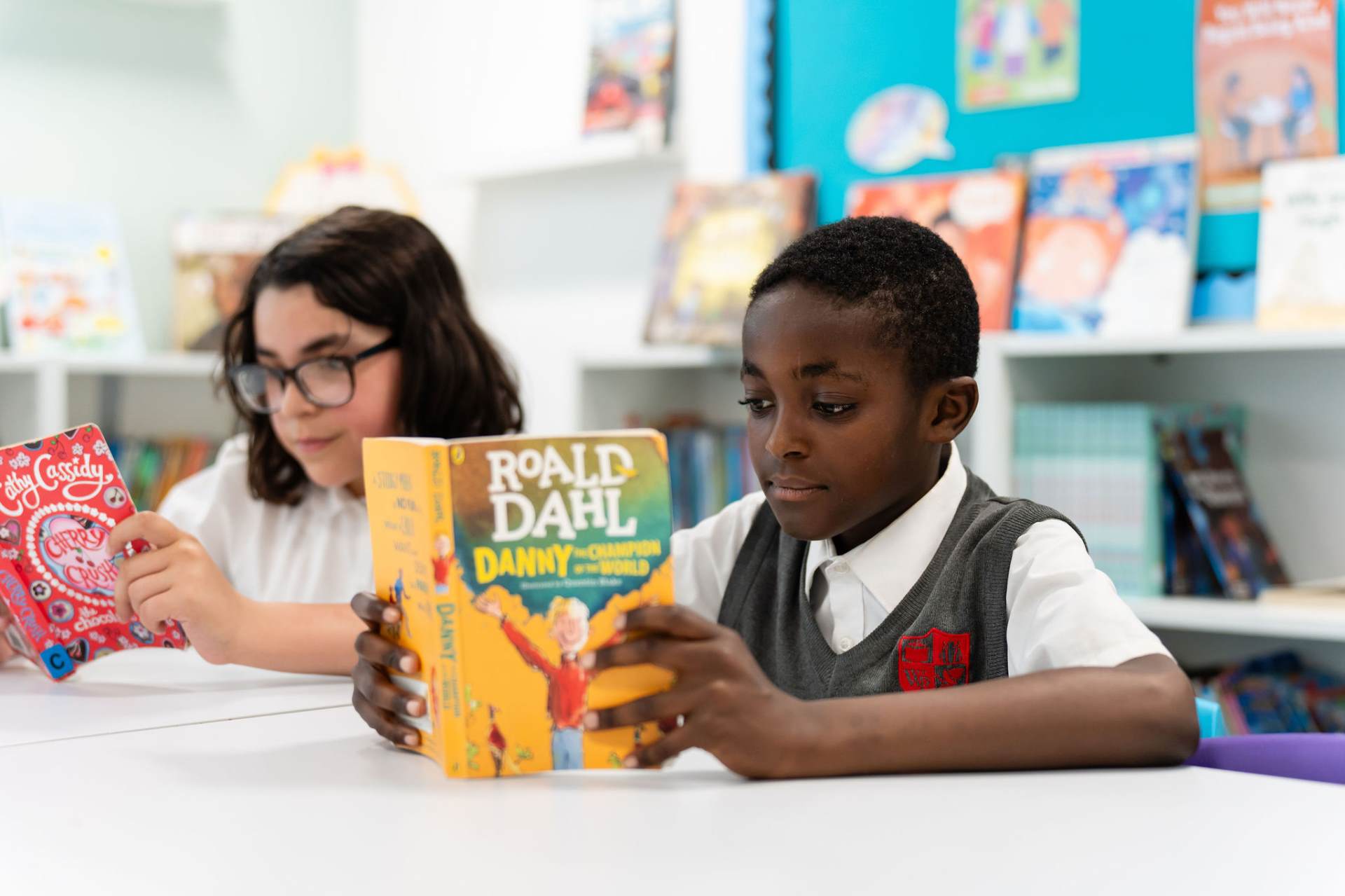English & Phonics
Phonics
We teach phonics using the Read Write Inc programme, which is a systematic and synthetic phonics programme which ensures good subject knowledge and a consistent approach across our school.
We start teaching the Read Write Inc programme from Reception and continue until the autumn term in Year 2. Where needed, children can continue learning phonics beyond Year 2, to ensure all children leave Watling Park as fluent readers.
See more details on the Read, Write, Inc parents information page.

Parents Resources to support learning phonics
In Reception and Year 1, children use phonics to learn and decode sounds in order to develop their reading skills. To assist with learning at home, the Reception team have put together a range of videos and activities exploring our Set 2 sounds. Click on the links below for each sound:
- IGH sound: click here
- OW sound: click here
- Long OO sound: click here
- Short OO sound: click here
- AR sound: click here
- AIR sound: click here
- IR sound: click here
- OU sound: click here
- OY sound: click here
- OR sound: click here
External resources
There are many great websites and apps to help support phonics learning at home. Here are some of our favourites:
www.phonicsplay.co.uk – Buried Treasure, Dragons Den, Obb and Bob
http://www.familylearning.org.uk/phonics_games.html
Guidance and resources to support your child with Phonics and the Phonics Screening Check
Phonics vocabulary
Phoneme: The smallest unit of sound. There are approximately 44 phonemes in English (it depends on different accents). Phonemes can be put together to make words.
Grapheme: A way of writing down a phoneme. Graphemes can be made up from 1 letter (e.g. p), 2 letters (e.g. sh), 3 letters (e.g. tch) or 4 letters (e.g ough_.
GPC: This is short for Grapheme Phoneme Correspondence. Knowing a GPC means being able to match a phoneme to a grapheme and vice versa.
Digraph: A grapheme containing two letters that makes just one sound (phoneme).
Trigraph: A grapheme containing three letters that makes just one sound (phoneme).
Blending: This involves looking at a written word, looking at each grapheme and using knowledge of GPCs to work out which phoneme each grapheme represents and then merging these phonemes together to make a word.
Segmenting: This involves hearing a word, splitting it up into the phonemes (sound talk/sounding out) that make it, using knowledge of GPCs to work out which graphemes represent those phonemes and then writing those graphemes down in the right order.
Alien words: These are ‘made up’ words which test children’s knowledge of known phonemes.








